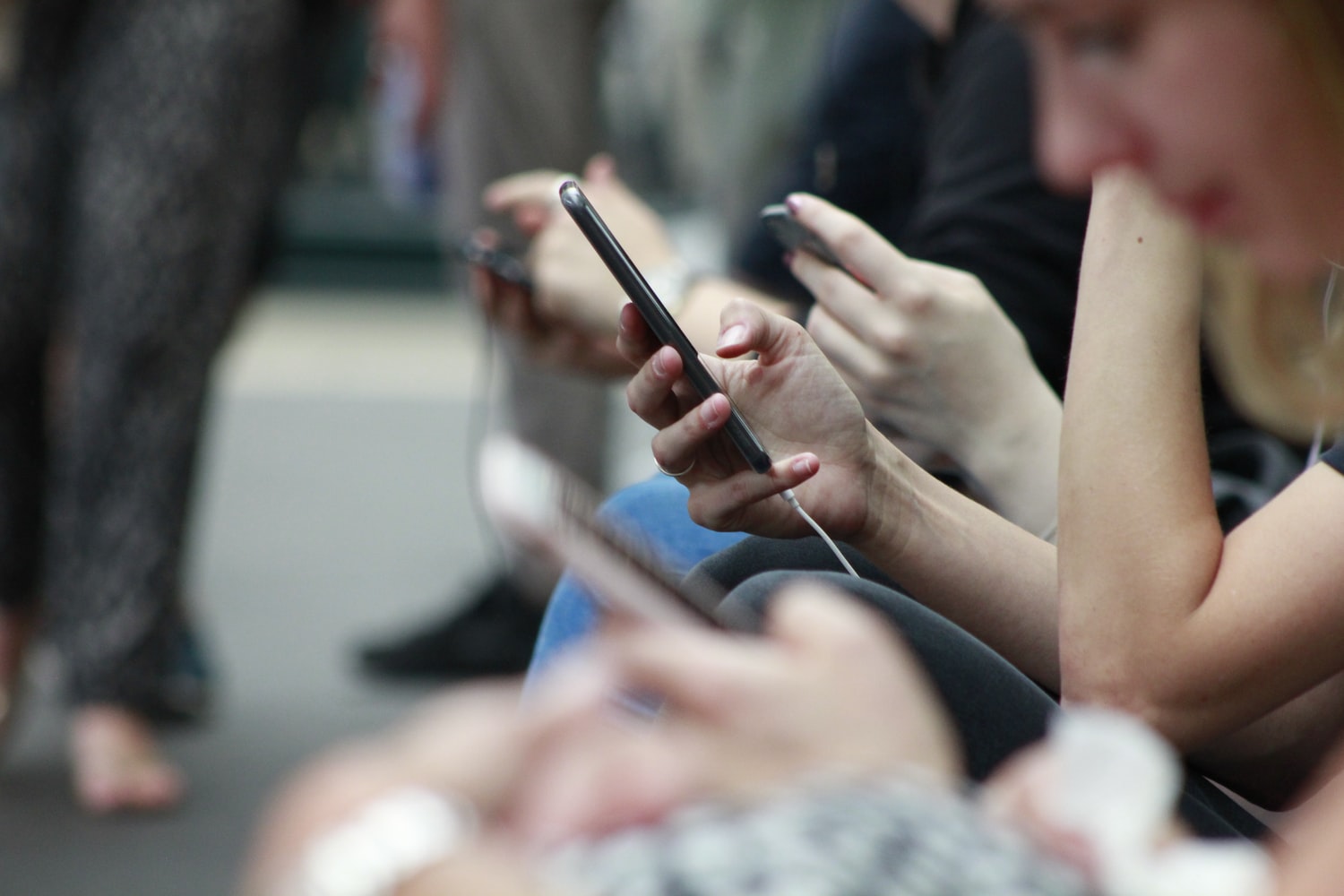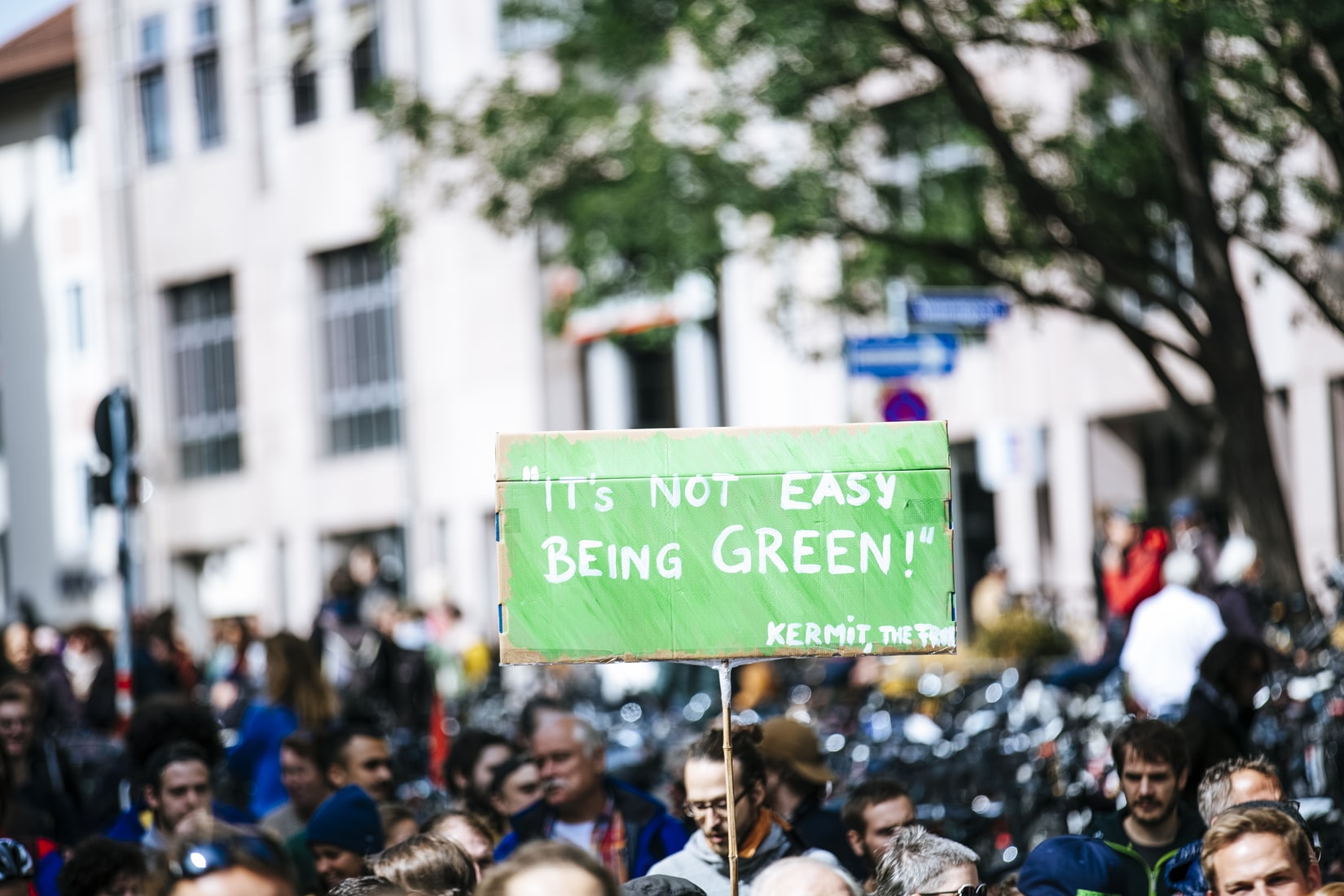By Leonie Decrinis
◦ 3 min read ◦
Introduced by Thaler and Sunstein in 2008, nudges have become popular policy tools to change the behaviour of consumers and citizens in desirable ways without compromising their freedom of choice. Their success in public policy domains has sparked the interest of management teams to apply nudges in organisations as means to guide the decisions of employees. However, in comparison to the ever-growing literature on the use of nudges in the public sphere, relatively little is known about their applicability at the workplace.
More and more organisations are pursuing corporate social responsibility and sustainability strategies, for which changes in workplace behaviour are key. Nudges can help organisations promote the needed behavioural change in relevant domains, such as employee health, energy conservation, green transportation, waste management, ethics and diversity, to name just a few. A number of studies report, for example, success in promoting healthier food choices of employees through alterations in the choice architecture of workplace canteens. Other nudging interventions have led to reductions in electricity use by providing feedback to employees on the desirable behaviour of peers. Regarding workplace diversity, evaluating job candidates jointly rather than separately has proved to promote gender-mixed teams. Further, in the ethical domain, honest employee behaviour appeared to rise by reminding people about their shared moral values at critical decision points.
The mentioned examples provide an idea of the potential of nudges as cost- and time-efficient alternatives to traditional organisational intervention tools that mostly involve trainings and sanctions with limited success. A key advantage of nudges is their behaviourally informed approach, acknowledging the role of unconscious decision processes that often contradict people’s good intentions.
By altering the choice environment rather than trying to rewire the human brain, nudges can steer employees to desirable behaviours while preserving their freedom of choice.
Just recently, the United Nations Behavioural Science Week has convened experts from international agencies, governments, academia and the private sector to discuss about these possibilities. However, what has also been recognised, as much as workplace nudging involves opportunities, it comes with challenges that need to be addressed.
The first question that one might ask is how nudging individuals inside organisations for specific concerns leads to impactful organisational change in line with strategic corporate goals. Theory tells us that this is possible indeed by nudging a significant amount of employees. Organisations are made up of people. When enough people are nudged to alter their behaviour in a specific way, the new behaviour has the potential to become a norm, i.e. a rule for expected and accepted behaviour. Once embedded in the culture of an organisation, people are likely to conform to the new norm, so that organisational behaviour changes as a whole.
This idea comes with a caveat though. Organisations are complex social constructs with formal and informal components of organisational culture conveying a variety of messages to employees. A gentle nudge might thereby not be strong enough to induce the desired behavioural change. Signals elsewhere in the organisation could simply counterbalance the effect of a choice-preserving nudge. Typically, nudges are designed and tested for very specific instances of human behaviour. What works in one context might not work in another one, sometimes even resulting in unintended consequences. Clarifying the effectiveness of nudges is difficult in complex organisational settings, particularly regarding their impact in the longer term. This requires consequent piloting and testing over considerable periods of time, allowing for a flexible and adaptive approach to a particular setting.
Contrary to the idea of nudges being top-down policy tools, successful intervention implementation in complex organisational choice environments requires the active contribution of employees. The latter should be consulted about their needs, involved in the design of nudges and informed about the intervention implementation. A high degree of transparency is also necessary to ensure the acceptance of nudges by employees.
Another aspect to keep in mind is that widespread organisational change, such as switching from a solely profit-oriented corporate performance to a more encompassing economic, social and environmental one, cannot be addressed by nudges alone.
Complex organisational problems need to be broken down into micro pieces, suited to be managed by a variety of measures and instruments. Not all of the resulting aspects will have human behaviour at their core. Some might be fundamentally technological in nature, requiring innovative technical solutions. For those problems that remain to be behavioural, the ones that involve serious risks will always call for stringent enforcement tools. Others, however, might be better addressed through a voluntary, trust-based approach. This is where choice-preserving nudges come into play. Clearly, a single nudging intervention can only address a very specific concern. The wider organisational success depends on the aggregate of multiple nudges as well as their interplay with other policies. Measures ultimately need to send consistent messages about desirable behaviours, aligned with an organisation’s broader strategic goals. By influencing organisational culture in an encompassing way, widespread organisational change will gradually take place.
Further readings
Beshears, J., & Gino, F. (2015). Leaders as decision architects: Structure your organization’s work to encourage wise choices. Harvard Business Review.
Foster, L. (2017). Applying behavioural insights to organisations: Theoretical underpinnings (EC OECD seminar series on designing better economic development policies for regions and cities). Paris: OECD and European Commission.
Ilieva, V., & Drakulevski, L. (2018). Applying behavioral economics insights at the workplace. Journal of Human Resource Management.
Venema, T., & van Gestel, L. (2021). Nudging in the Workplace. In R. Appel-Meulenbroek, & V. Danivska (Eds). A Handbook of Theories on Designing Alignment between People and the Office Environment.
About the Author
Leonie Decrinis is PhD fellow at Copenhagen Business School with research interests in corporate social responsibility, sustainability governance and behavioral sciences. Her PhD project focuses on applying behavioral insights to corporate sustainability in order to align governance objectives with organizational behavior.
Photo credit: Rudzhan Nagiev on iStock










